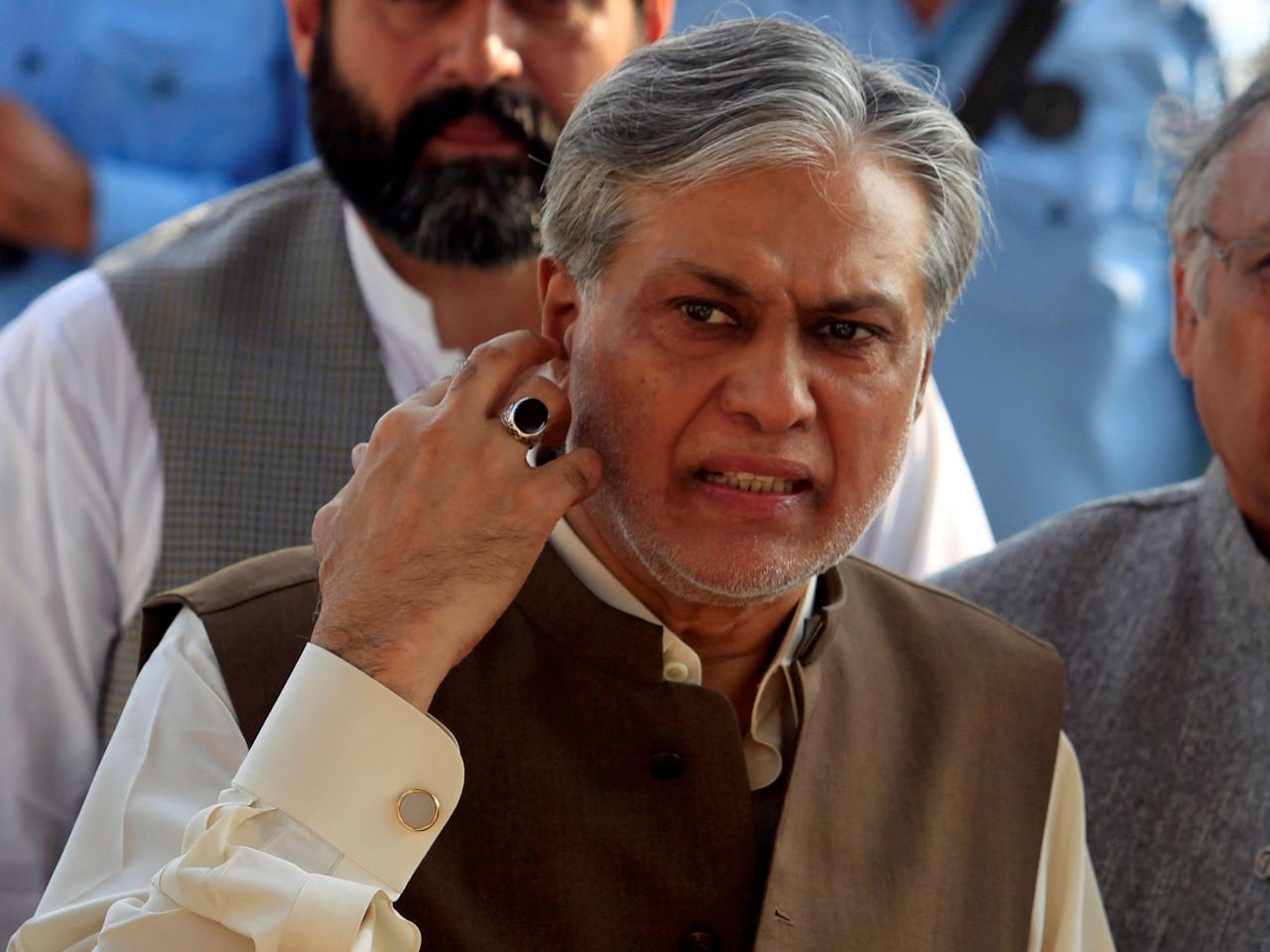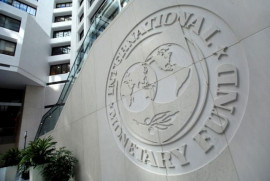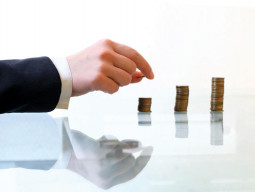
“Cecily, you will read your Political Economy in my absence. The chapter on the ‘Fall of the Rupee’ you may omit. It is somewhat too sensational. Even these metallic problems have their melodramatic side,” said Miss Prism in Oscar Wilde’s The Importance of Being Earnest.
‘Currency closer to equilibrium’ as rupee hits record low
On December 13th, the US dollar closed at Rs110.50 in the interbank market. The greenback peaked at Rs111.50 during the day. The closure in the open market was at Rs110.75 per dollar. In the morning after, the opening was Rs109.486. In a matter of few days, the rupee has experienced a freefall. The adjustment has been long due. It was delayed not just because of Ishaq Dar’s religious belief in a stronger rupee, but also for his uncanny confidence in being able to borrow out of trouble. As the media uproar about the fall of the rupee confirms, the move was out and out political. The horror stories being told on the media about the surrender of the rupee from around Rs3 a dollar at the time of independence to Rs111 now, reflects the public sentiment against this ‘national dishonour’. It was also a good political move to avoid the higher debt servicing cost that a weaker rupee would entail and push the problem to the future governments by borrowing to shore up reserves now. Officials continue denying any agreement in the recent discussions with the IMF. So, it is our own decision, for a change. The State Bank has announced that the exchange rate will be determined by the market. A similar statement made some time ago by a conscientious acting governor before Mr Dar became a sleeping finance minister, was strongly rebuffed by him. Times have changed, it seems. The prime minister does not have to wait around to meet a lowly IMF official.
The thing to watch is where the rupee will settle down. In addition to the bond proceeds from abroad, the State Bank has also taken control of the foreign exchange reserves with the commercial banks. Exports are the critical barometer here. The data for November shows that growth experienced since the start of the fiscal year continues at an accelerated pace. In November, growth was as high as 12.35 per cent. For July-November, the overall growth was also in double digit at 10.49 per cent. In November, 2017, the dollar sold at Rs105.36. The depreciation taking place now will impact upon exports in coming months. Imports, still growing at twice the rate of exports, will likely decelerate from December. Regulatory duties have already put some restraint, which will become stronger as a result of the rapid depreciation. The balance of trade is also expected to improve. Remittances have slowed down to 1.3 per cent in the first five months. November witnessed a decline of 2.6 per cent. A depreciating rupee will be a strong incentive to remit more, which is good for the current account.
US backs Russian investment in Iran-Pakistan gas pipeline
Before that happens, the political climate must also improve. If past is any guide, the difficult economic decisions like the depreciation of the rupee are avoided in the last year of the government. This ‘dirty’ job is left to caretakers. By letting the rupee fall, the government is signalling a tough stance. It may be planning to present the next budget also before June 5th, its last day, to announce tax and other structural reforms. But to last until then, it will have to ensure the passage of bills related to the delimitation of constituencies and reforms in Fata, besides a National Finance Commission award reflecting the new census and an enlarged K-P.
Published in The Express Tribune, December 15th, 2017.
Like Opinion & Editorial on Facebook, follow @ETOpEd on Twitter to receive all updates on all our daily pieces.
































































COMMENTS (1)
Comments are moderated and generally will be posted if they are on-topic and not abusive.
For more information, please see our Comments FAQ